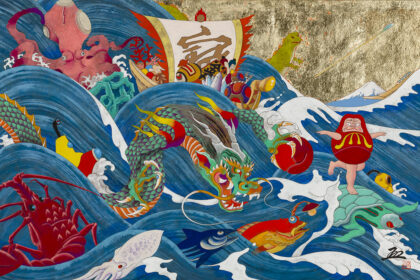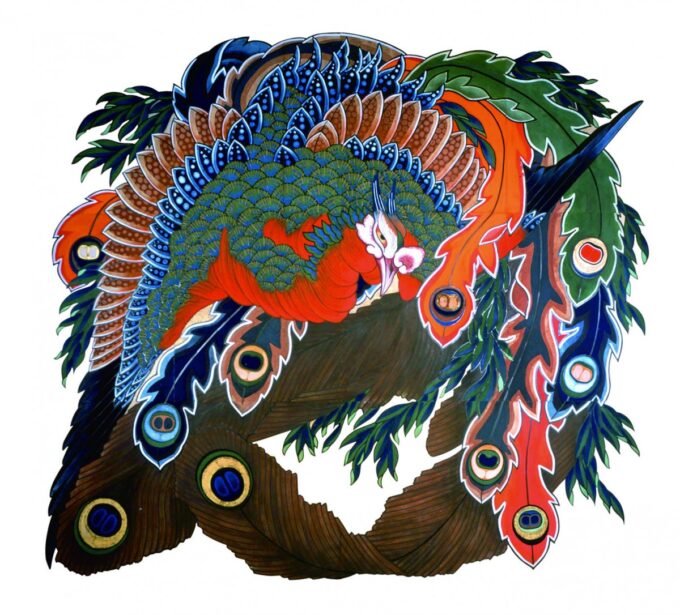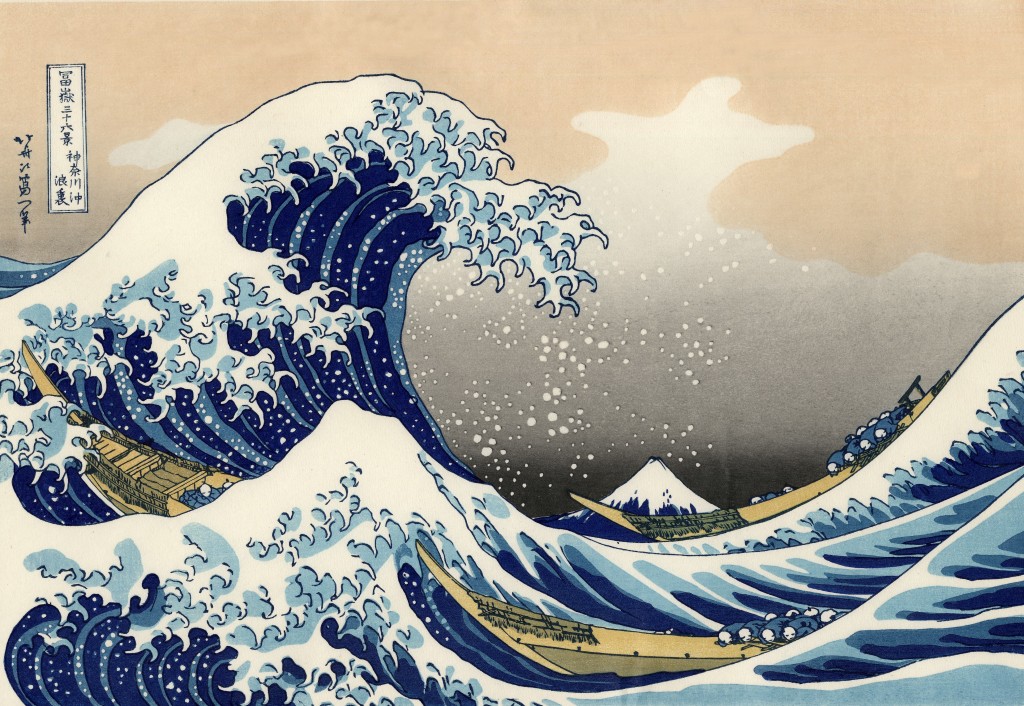
Whether you know his name, it is likely that you at least recognise some of the work of Japan’s most celebrated artist, Katsushika Hokusai / 葛飾 北斎 . Most commonly referred to simply as 'Hokusai', the artist went by many names during a life in which he is said to have produced countless artworks across mediums including ‘hanga’ woodblock prints, painting and large-scale, public displays. Having achieved fame during his lifetime, today, Hokusai’s profile as Japan’s most celebrated artist stems from his mastery of different mediums, prolific rate of production, ability to push the boundaries of what’s possible and capture all aspects of life during Japan’s celebrated Edo Period.
-- The Life of Katsushika Hokusai
-- Why is Hokusai So Revered in Japan?
-- Tour Obuse, the Town Hokusai Once Called Home
THE LIFE OF KATSUSHIKA HOKUSAI
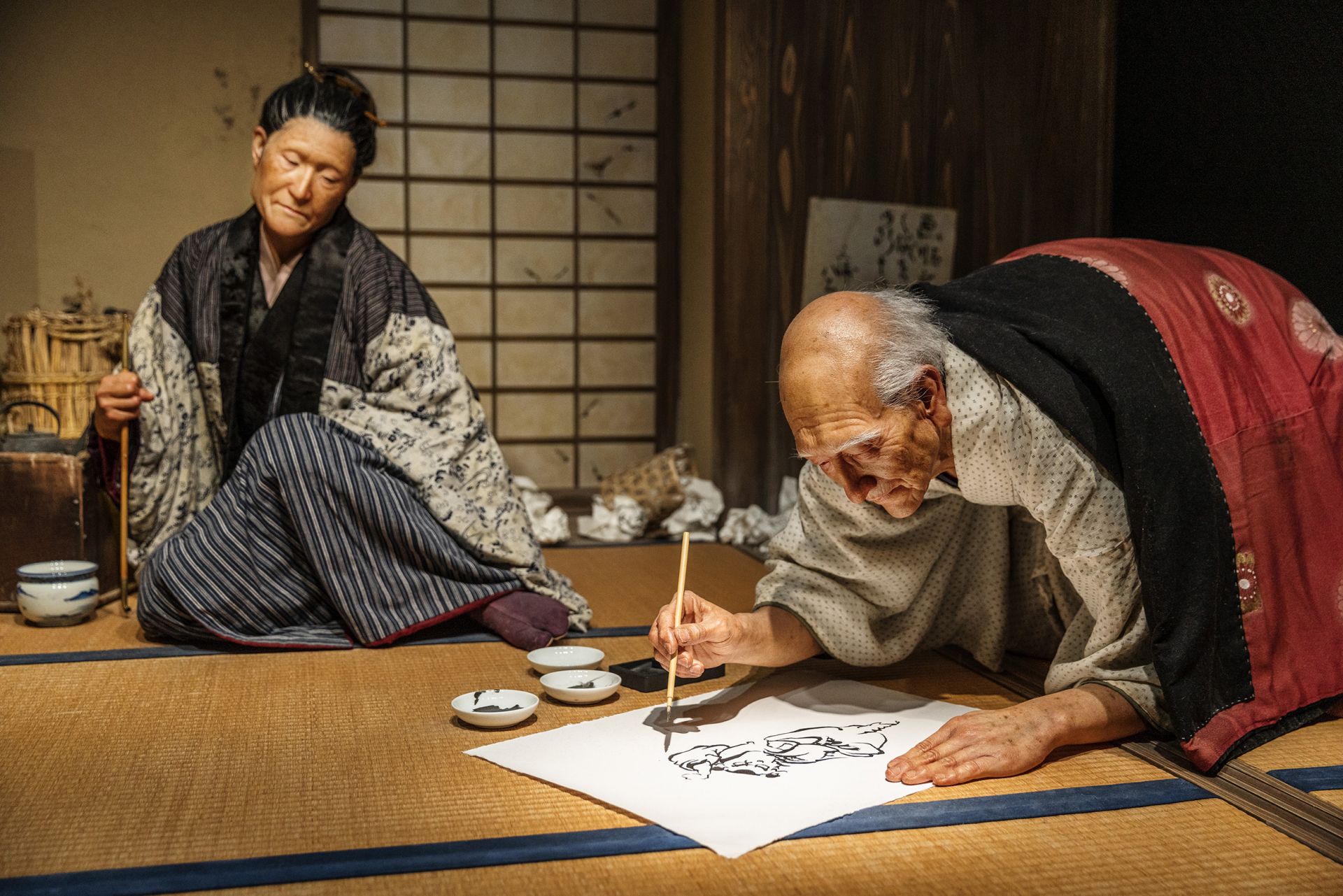
Born to an artisan family in Edo (now called Tokyo) in 1760, Hokusai was known by the childhood name of ‘Tokitaro’. One of many names he would be known by during his lifetime – a common practice for artists at the time – the young Tokitaro began painting around the age of 6 years. From the age of 12, he’s father sent him to work in a bookstore before changing to work as the apprentice to a woodcarver from the age of 14. It can only be assumed that these were formative experiences in the young man’s life who then, at the age of 19, enrolled as a student of 'ukiyo-e' artist Katsukawa Shunsho.
Under Katsukawa, Hokusai studied and produced ‘ukiyo-e’, publishing his first wooodblock printed images of ‘kabuki’ actors, under the name ‘Shunro’. Translating as ‘pictures of the floating world’, ukiyo-e captured the hedonistic world of ‘geisha’, ‘kabuki’ actors, ‘sumo’ wrestlers, in both woodblock prints and paintings. During his lifetime, Hokusai would come to master and in many ways redefine ukiyo-e, creating his own style while clashing with the rigid techniques of his formal schooling.
Into the Wilderness
Upon the death of his teacher, Katsukawa Shunsho in 1793 and frustrated by the formalised techniques he was expected to follow, Hokusai began exploring other styles including European movements and techniques of rival studios. While we cannot be certain, it appears that as a result of this transgression, Hokusai may have been expelled from his school in what would appear to have been a hugely formative moment for him as an independent artist. Having to fend for himself, Hokusai worked as a chilli vendor during the day while keeping-up a prodigious output of art at night., often capturing images of daily life, landscapes and a complex breadth of subjects he no doubt encountered each day on the streets of Edo.
Always an artist at heart, Hokusai next entered the Tawaraya School under the name ‘Tawaraya Sori’, producing privately commissioned pieces and illustrations for books of poetry. Yet again finding the restrictions of a formal art school unappealing he left the school in 1798 and set-out as independent artist, first under the name of ‘Hokusai Tokimasa’ followed shortly after by his most widely known name today, ‘Hokusai Katsushika’.
A True Artist Emerges
As an independent artist, Hokusai enjoyed increasing popularity through the early years of the 19th century due to his evocative illustrations and talents for self-promotion including producing huge artworks for the entertainment of crowds. In 1811, Hokusai began his series of sketched manuals, entering a new phase of his career in which he would master the artform under the name of ‘Taito’.
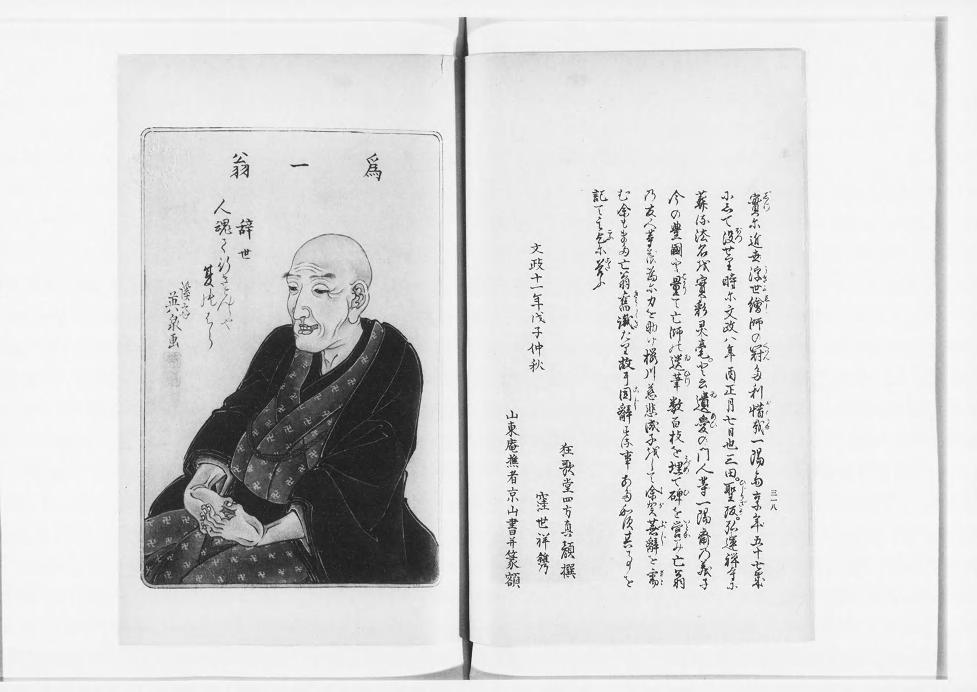
By 1820 he had produced ten volumes - and would go onto to complete a total of twelve volumes during this lifetime - including thousands of images including daily objects, plants, animals, fish, everyday people, religious artefacts among many other images. To this day, Hokusai's manuals remain hugely influential for many contemporary artists in Japan.
Hokusai now entered a prolific period of his life in which he achieved fame throughout Japan and produced some of his most famous artworks including Thirty-six Views of Mount Fuji, Under the Wave off Kanagawa and A Mild Breeze on a Fine Day (please note, the images do not go by the same names in Japan). He did so under the new moniker of ‘Iitsu’ and by this stage of his career, his application of both Japanese and Western techniques learnt and reapplied through his practice of woodblock prints and drawing imbued his artwork with depth and volume not previously seen in traditional Japanese art.
The Old Man Mad About Art
By 1834, Hokusai had again changed his name to ‘Gakyo Rojin’ or rather endearingly, 'The Old Man Mad About Art’. Now in his seventies, Hokusai produced one of his most famous series, ‘One Hundred Views of Mount Fuji’, considered a masterpiece among landscape picture books. Tragically much of his work was destroyed when his studio caught fire in 1839.
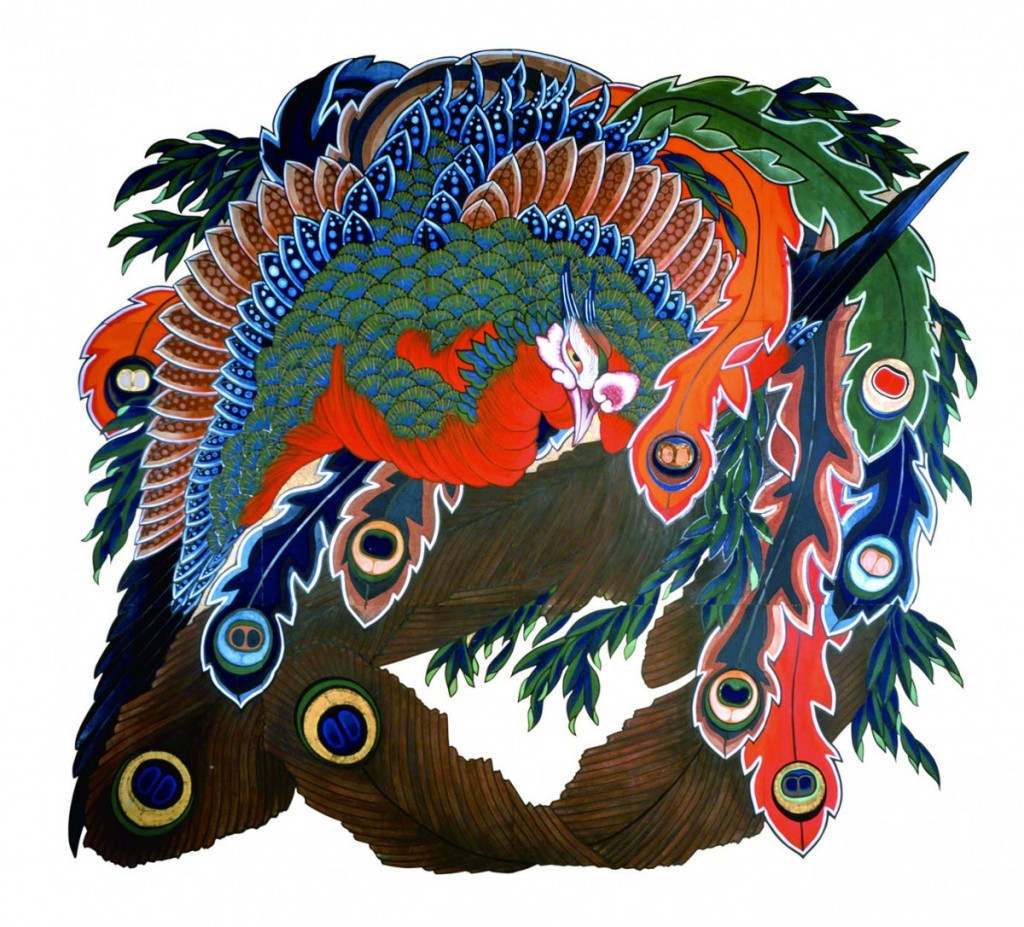
Aged 83, Hokusai was invited to the town of Obuse in Nagano (then called ‘Shinano’) by wealthy merchant Takai Kozan. Separated by a distance of around 220km, Hokusai made the journey on-foot. In Obuse, Hokusai shifted focus completely to painting and would complete what are considered masterpieces including the ‘The Dragon of Smoke Escaping from Mount Fuji’ which still adorns the ceiling of Ganshoin Temple (pictured above). Returning to Tokyo toward the end of his life, Hokusai passed away just shy of 90 years of age with the following widely recited exclamation made on his deathbed, ‘If only heaven will give me just another ten years ... just another five more years, then I could become a real painter’.
WHY IS HOKUSAI SO REVERED IN JAPAN?
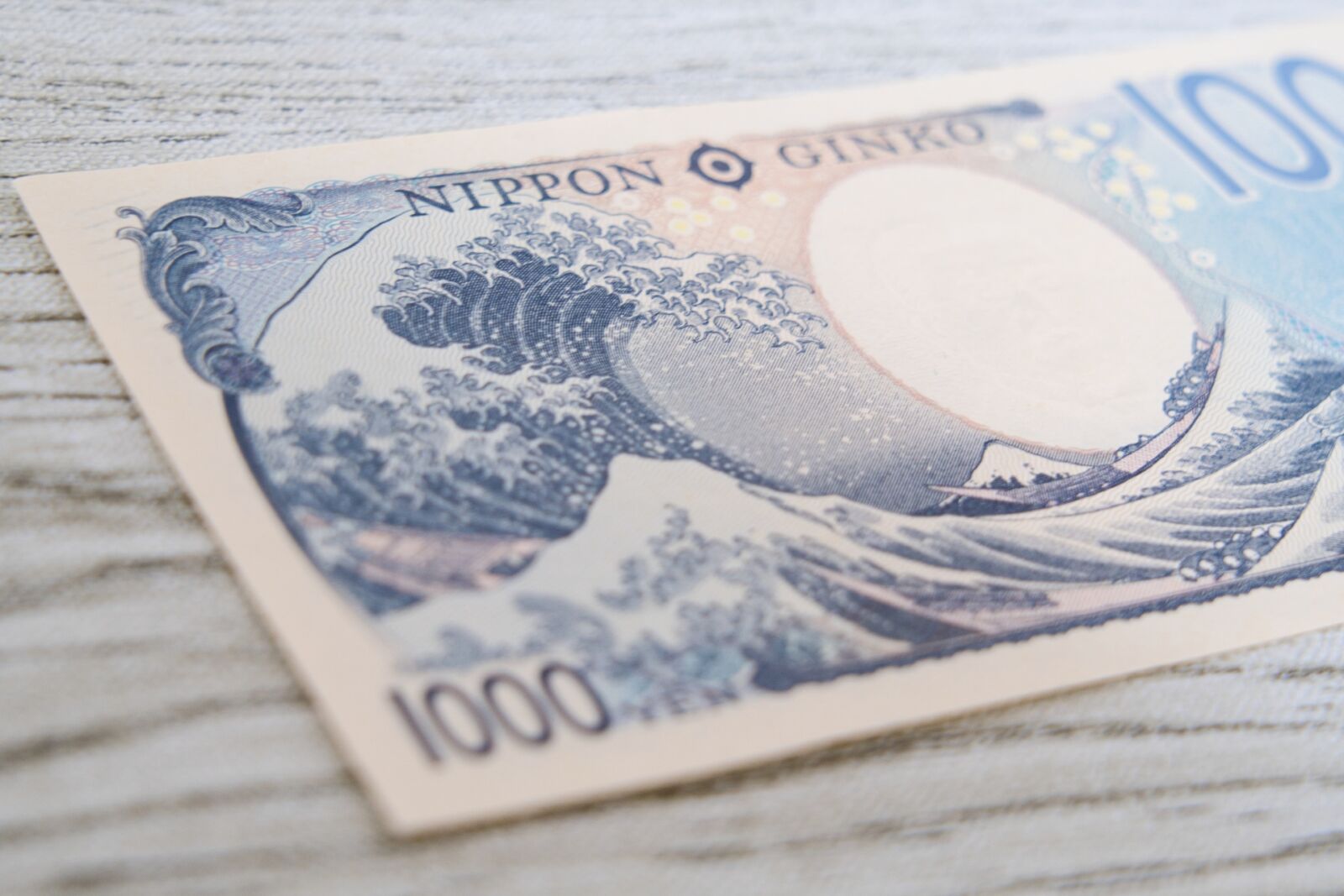
In a country that promotes conformity and following the rules, it might be surprising if not downright confusing that Japan heralds an artist who went against rigid conventions, mixed Japanese and Western influences, and celebrated daily life and the natural world over traditional motifs. Indeed, Japan celebrates him above all other artists with many Japanese speaking of Hokusai much like they would a beloved grandfather or uncle, with a respect and admiration that is not abstract but personal.
Famous in his own lifetime, Hokusai’s reputation has been sustained through the many years since his death by the captivating beauty, form, colour and depth of his art. Images produced by his hand have vitality achieved by few artists, so much so the figures in the them appear ready to move and go out their business as soon as you look away. As such, his work is alive and allows us to reach back through time and glimpse what life was like in Japan’s celebrated Edo Period – a time before Japan truly opened to the world and modernised. Having mastered multiple artforms, Hokusai’s influence can still be seen in the thousands of volumes of manga produced each year by contemporary artists, making him as relevant today as he ever was.
Looking outside of Japan, Hokusai was the first Japanese artist to influence Western art movements with painters including Manet, Renoir, van Gogh and Gaugin all influenced by his art and ukiyo-e's use of clean lines and flat colours. As such, Hokusai had an influential role in the emergence of impressionism, modernism and art nouveau making him a truly global figure and Japan's most celebrated artist.
HOKUSAI: WHERE TO ENJOY HIS ARTWORK
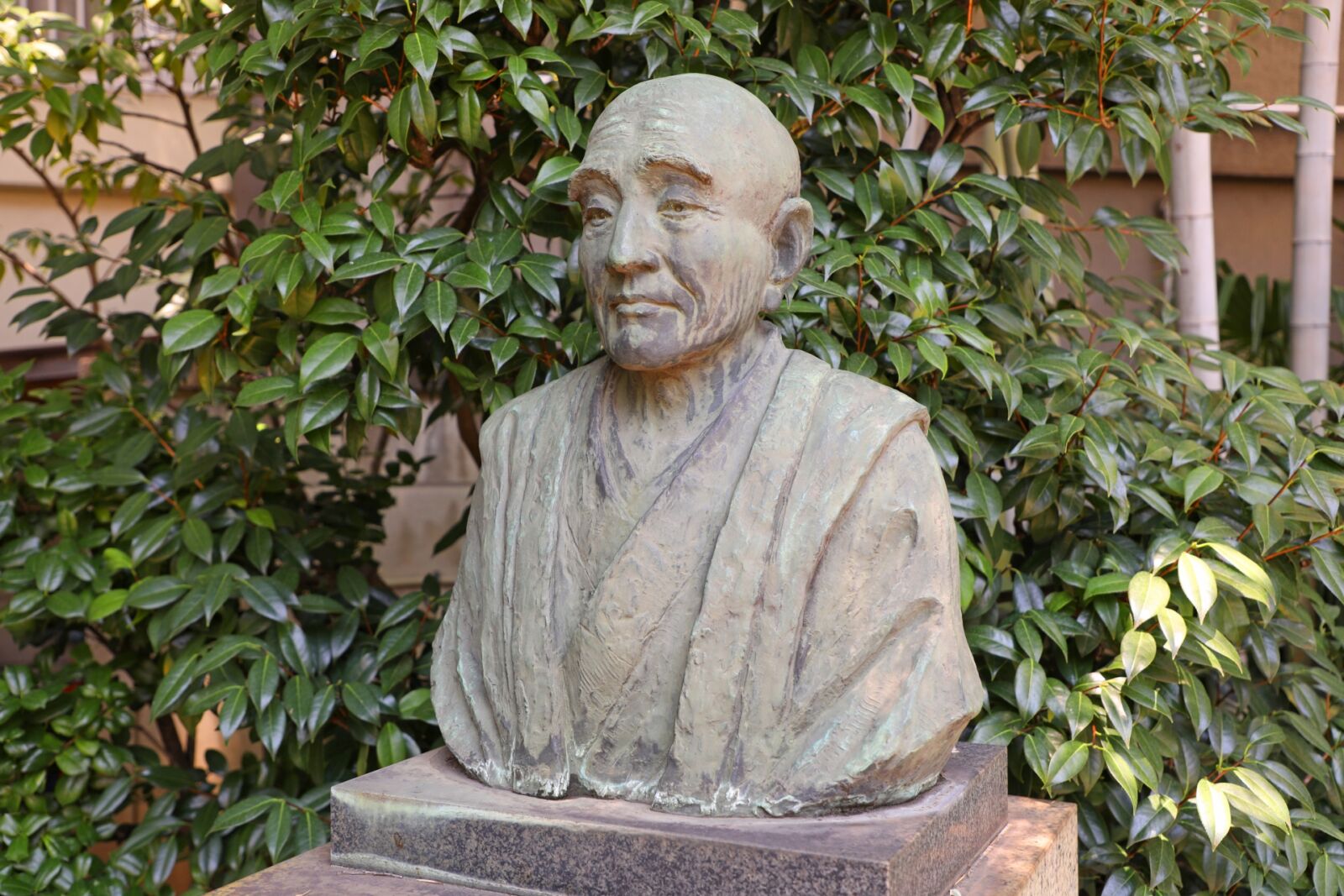
As Japan's preeminent artist, you are likely to come across Hokusai's art in many museums and galleries across the country. The list below is by no means exhaustive - with many museums and galleries displaying his prints, picture books and paintings - however these venues offer the best opportunities to enjoy his work:
THE SUMIDA HOKUSAI MUSEUM, Tokyo
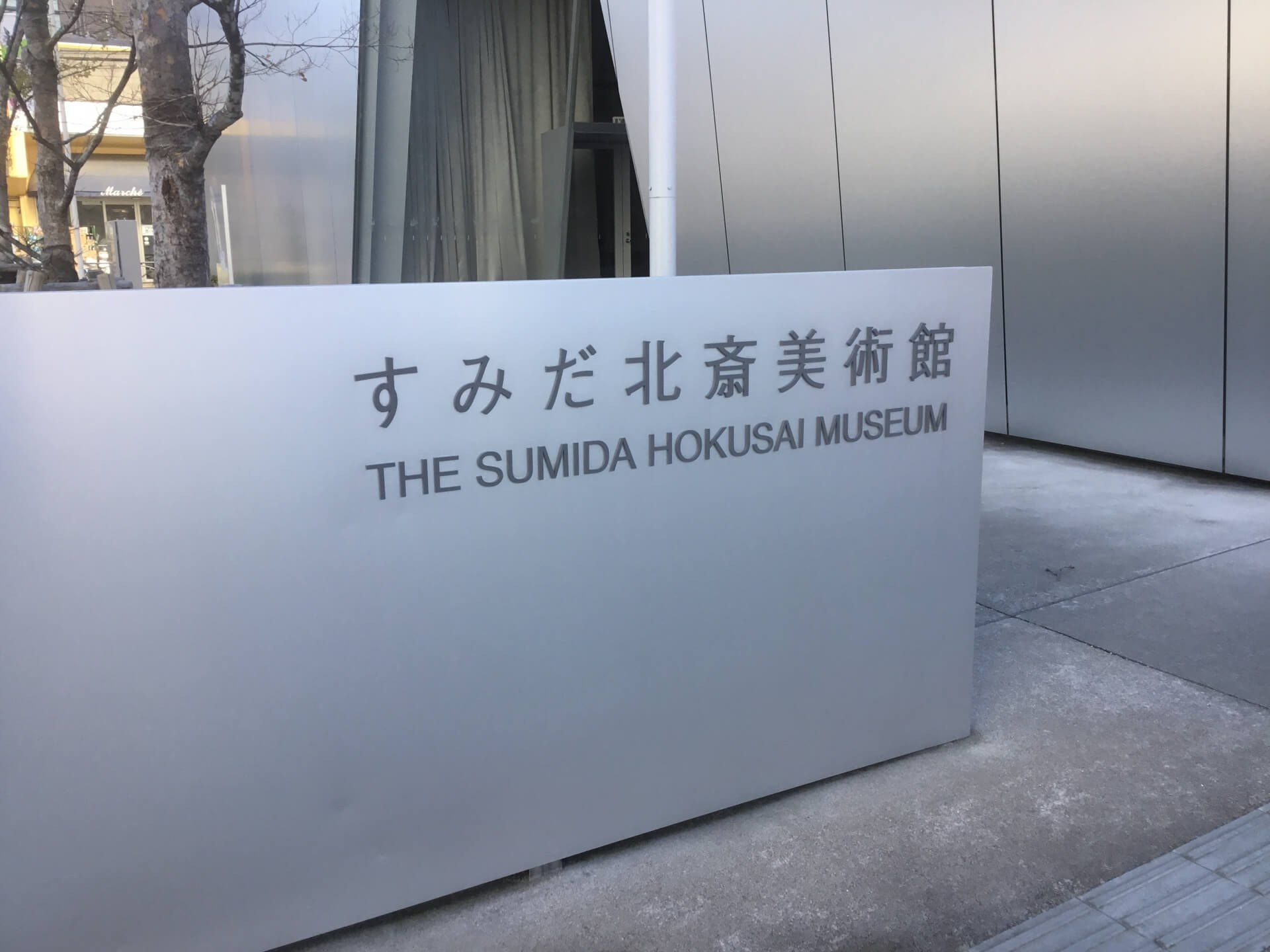
The Sumida Hokusai Museum is dedicated to the life and work of Japan’s most famous artist. Most commonly referred to simply as 'Hokusai', during his lifetime he worked under many names and came to be recognised as a master artist across several mediums including ‘ukiyo-e’. Hokusai’s most famous artwork, known outside of Japan as ‘The Great Wave’, is said to be one of the most recognised images in human history. The museum mixes a permanent display with a larger rotating exhibition space of his life’s work. Open daily from 09:30 to 17:30 (last entry at 17:00). Closed on Mondays and from Dec. 26 to Jan.1. Admission is JPY400.
OBUSE HOKUSAI MUSEUM, Nagano
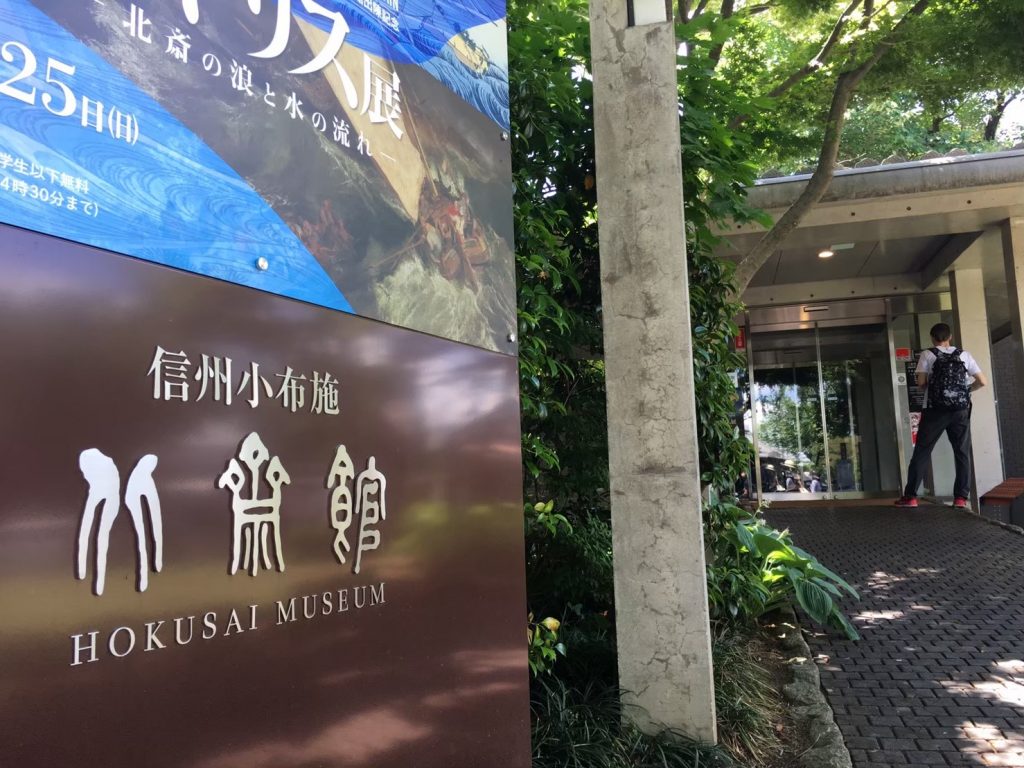
Hokusai spent some of his final years residing and painting in Obuse, Nagano. Under the patronage of a wealthy local merchant - Takai Kozan - Hokusai produced his last masterpiece – a great phoenix – which to this day adorns of the ceiling of Ganshoin Temple. As such, Obuse is synonymous with the famous artist and today is home to the Obuse Hokusai Museum. This small yet engaging museum profiles the life and work of Hokusai, showcasing his mastery with an ever-rotating exhibition schedule.
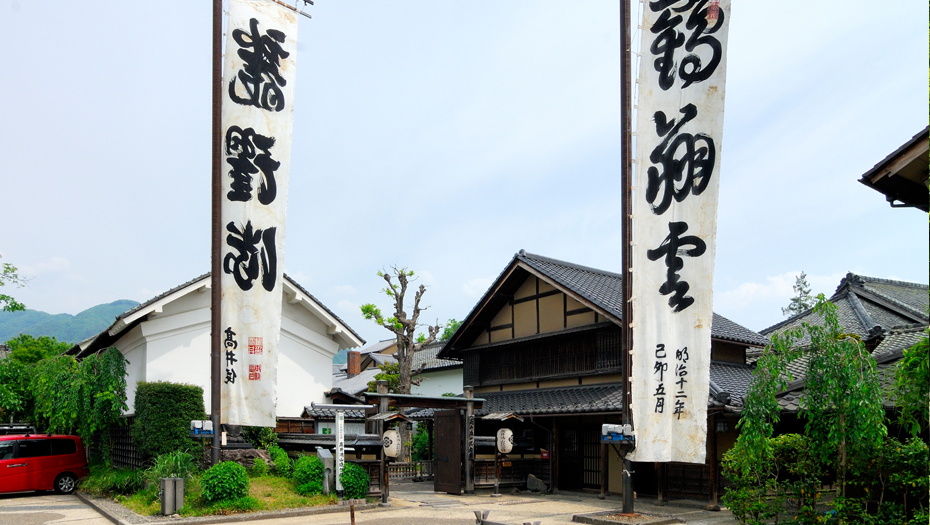
For devotees of his art or visitors wanting to familiarise themselves with why he is so renowned, two engaging videos play on-loop at the museum profiling his life, why he is so acclaimed, and his connection to Obuse. Once you have visited the museum, we also recommend heading to the nearby Takai Kozan Memorial Museum (pictured above) and Ganshoin Temple.
OTA MEMORIAL MUSEUM OF ART, Tokyo
Located in the Shibuya district of Tokyo, the Ota Memorial Museum of Art is dedicated to ‘ukiyo-e’ including artworks by Hokusai. Unlike the two institutions listed above that are dedicated to the life and work of Hokusai and as such, exhibit all manner of his endeavours including manga, the Ota Museum profiles the art of ukiyo-e including many other renowned artists in addition to Hokusai. The museum holds a collection of around 14,000 pieces of which between 70 to 100 are on display at any one time with a regular rotation in exhibitions. Open daily from 10:30 to 17:30. Closed on Mondays and over the New Year period. Entry price varies depending on the exhibition.
TOUR OBUSE, THE TOWN HOKUSAI ONCE CALLED HOME
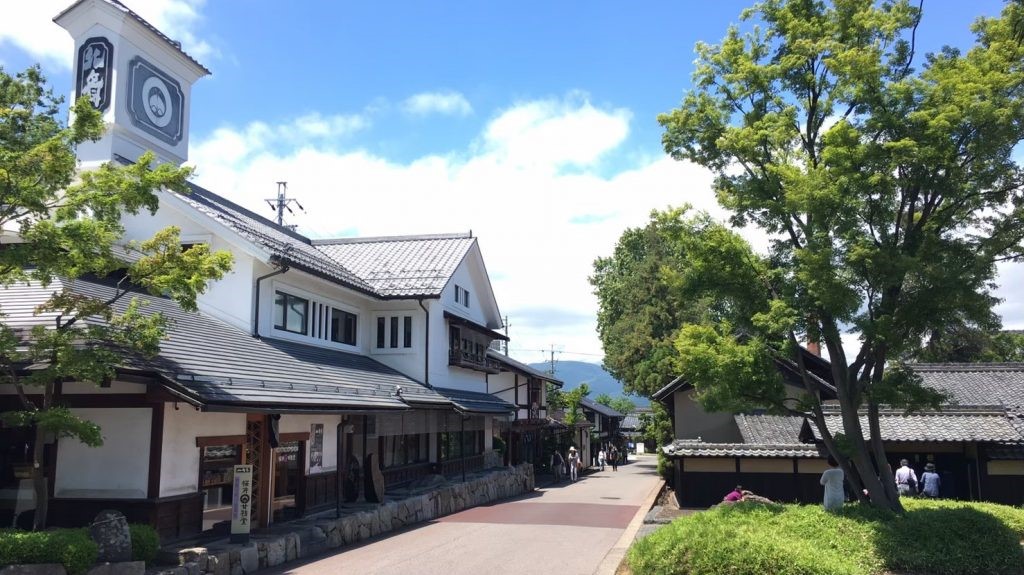
The town of Obuse, in the north of Nagano, was once the home of Hokusai and even today contains many sites relevant to his life. He came here later in his life, during a period of restriction on artistic freedoms in the city, and made some of his most amazing works while in Obuse. In honor of this legacy, there are a number of museums and memorials related to his life and showcasing his work, as well as places where you can see his paintings in their original place.
On our one day tour of Obuse, you can see all that we have mentioned above, as well as have time to stroll the streets of this charming town. With a guide ready to explain the meanings of museum descriptions often written only in Japanese, the secrets of Hokusai's life will be revealed to you through his impressive body of work on display in the town. Art lovers and Japanese history fans should not miss this tour.














